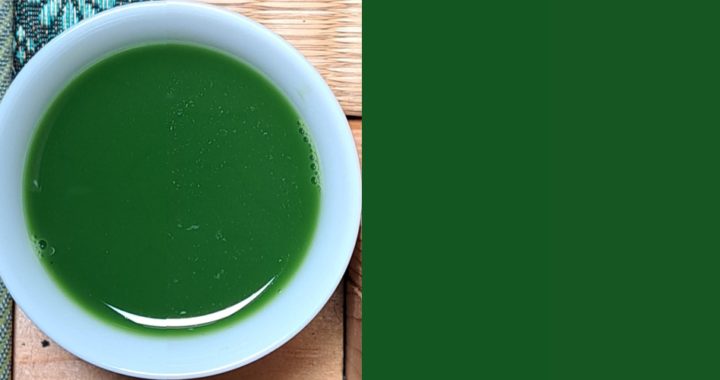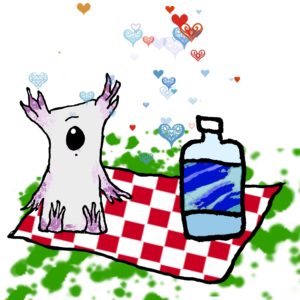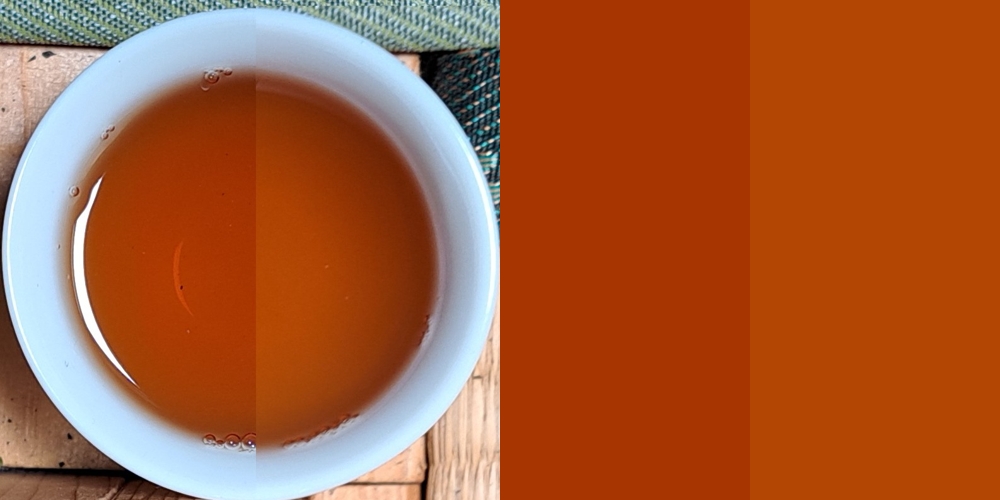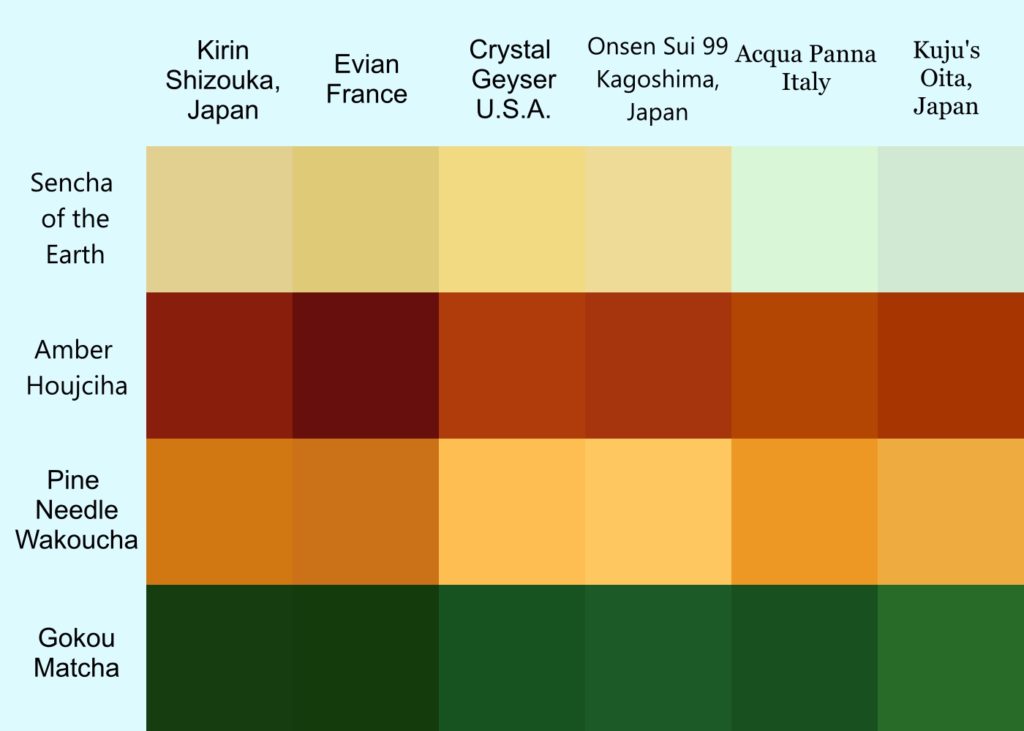Hi! It’s the Tea Potato again and welcome back! Today is a very exciting day for me in terms of water, so we’re going get right to it.
The Waters
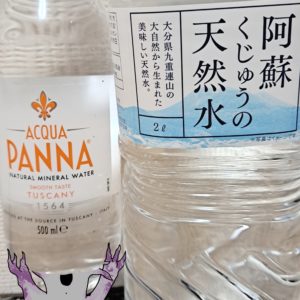
(Figure 3. The two waters we’re experimenting with today, Acqua Panna and Aso Kuju’s Natural Mineral Water)
The two waters we have for your tasting pleasure today are Aqua Panna, a natural mineral water from Tuscany, Italy and Aso Kuju’s Natural Mineral Water from Oita. Many mineral waters in Japan are just called Natural Mineral Water so that’s the sort of specificity you can expect. Most of the time I’ve gone into these waters blind, trying them for the first time when conducting the experiments. However, Kuju I’ve had before. A lot. In fact I made a conscious decision to not do it for the first two experiments because I already had a strong opinion on the water.
With the two waters, we will go ahead and update the mineral content chart:
Two main points of interest with the waters’ mineral content is the the calcium content in the Acqua Panna. Nowhere near the level of Evian(thankfully), but much higher than the other waters. And Kuju’s Water, well the Kuju water has no sodium content, which is curious. However, the sodium content for the Oita water is determined by the salt equivalency number, which is calculated to being a fairly small number so reversing the conversion can cause the number to hit 0 mg/L not too difficultly. Many Japanese waters list a salt equivalency instead of an amount. I have not found a reason why yet.
Sencha of the Earth
Acqua Panna, you get this very nice umami, that’s not too aggressive, but it’s very present. Riding on the umami is a strong clover floral notes and just when it appears that the flavor will peter out, a very nice bitterness comes up and pulls those floral notes through to last just a little bit longer. No bitterness, no astringency. Sweetness carries through the entire brew.
Kuju is similar but different. Instead of umami right out the gate followed by bitterness, the two are almost intertwined, where at points the umami is the main character and then the bitterness and the two go back and forth for quite some time. On top of the dance of the umami and bitter there is the same clover floral notes with Acqua Panna. Oita doesn’t seem as bright as Acqua Panna but, honestly, these are some of the best brews we’ve had.
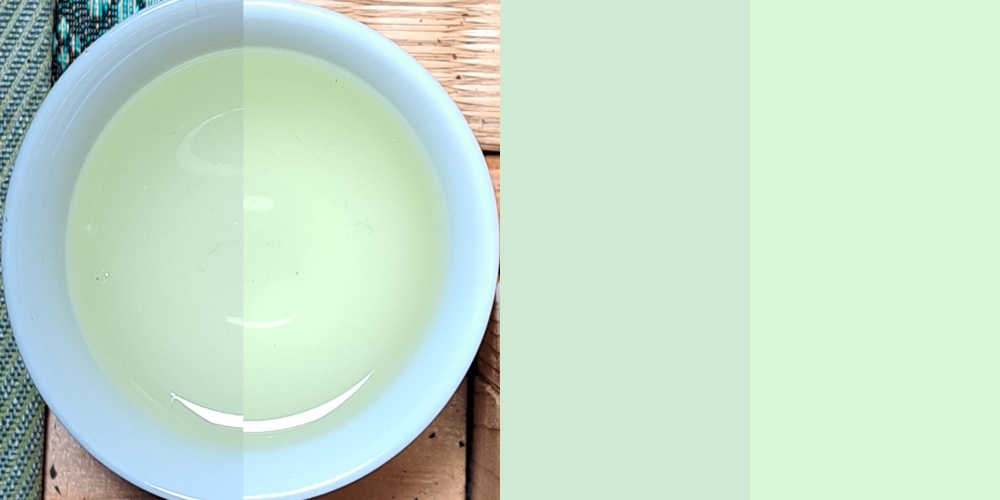
(Figure 324. Sencha of the Earth brewed with Oita Water on the left, on the right brewed with Acqua Panna.)
Amber Hojicha
Acqua Panna brews up nicely with a solid roasted note, that signature hojicha roast. There is also something almost aromatic about the tea. As the tea finishes, there was a rise in the roasted note as if it was aromatic. Really interesting, something I’ve never really seen before with a hojicha. No bitterness or off notes and the only astringency is a gentle salivating astringency.
Kuju brewed up a much darker amber hojicha. The roasted notes were much more reminiscent of the alleyways filled with old stores of wooden and leather furniture. Still very pleasant, just darker, more earther. Interestingly, the tea finishes quickly, with little legs, but it’s a very refreshing finish. There were some menthyl characteristics to the finish (but not the flavour).
Overall smooth with no bitterness or astringency.
Pine Needle Wakoucha
Acqua Panna creates a Pine Needle Wakoucha that has those strong acorn squash notes that we’ve seen in other water experiments, but this time it was one of the strongest yet. There was sweetness in those acorn squash notes with just a touch of drying hay flavour around everything. No bitterness or astringency, just smooth.
As with the Amber Hojicha, Kuju brewed a much darker flavour tea with the Pine Needle Wakoucha. The squash notes were still there, but instead of fresh acorn squash, there were much more similarities to cooked squash. Drying hay flavour was much stronger with the Kuju water, and while it was not a bitter brew, there was this sharpness to it, bordering on what might be considered bitter.
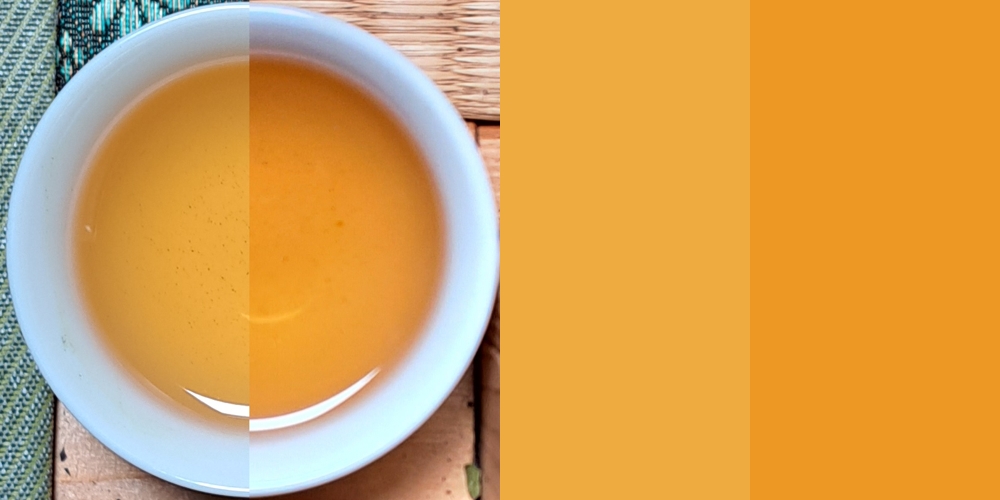
(Figure 422. Pine Needle Wakoucha brewed with Oita Water on the left, on the right brewed with Acqua Panna.)
Gokou Matcha
One of these days, I will be skilled at tasting matcha. Today, today is still not the day. Perhaps next week
Acqua Panna brews up a pleasant, creamy matcha. The flavours are muted, but still nice. There are the classic grass notes but it’s more dark than bright. Intriguely, on the back end is a floral, almost perfume note that hasn’t been noticed in any of the previous tests. Is the Acqua Panna bringing out a unique note or has the chawan been contaminated with soap?
The main reason why I found the flavours of Acqua Panna, Gokou Matcha, to be muted was due to Kuju having many of the same notes, but stronger and brighter. The grass notes, instead of being dark and earthy are bright. The matcha is very sweet with the sweetness of rock sugar. And that floral note? Well that floral note isn’t here. I may be open to the soap theory.
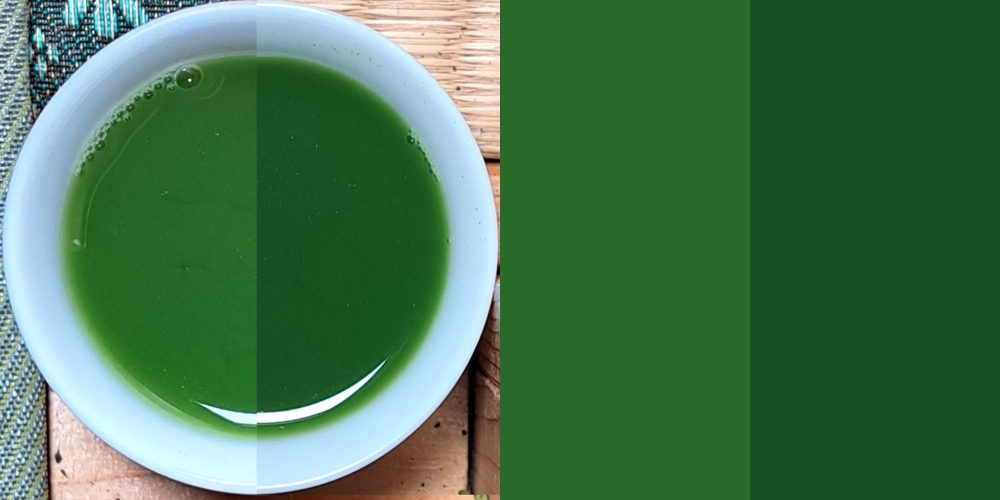
(Figure 512. Gokou Matcha brewed with Kuju Water on the left, on the right brewed with Acqua Panna.)
And now! The color chart, which will, uh…show some surprising changes.
Why the sudden change in colors for Sencha of the Earth. Is it possible that the waters caused that much of a difference to produce such a drastic difference? I suppose it’s possible, but my guess is there has been a breach in the strict guidelines set to maintain consistent lighting for photos. I have some guesses, but we’ll leave that to the questions for now. That being said, I’m not entirely sure it’s possible to shoot more light correct photos in the current conditions so we’ll have to them like that. But, it does show something important, and that’s just how much lightning can influence tea photography, good and bad. (I do believe the three other teas are still correct.)
Questions
It’s time to end on the questions.
Question 1: Kuju’s Water from Oita, according to the label has zero sodium content in the water. There have been several other waters, that have not been tested, that also either list sodium as 0 or they don’t list it at all. In cooking, salt is important in bringing out flavour, however Kuju’s Water has some of the strongest flavours with the lowest amount of salts. What’s going on there?
Question 2: Sencha of the Earth’s color is much different than previous experiments. In what ways could I have screwed up the lightning?
Question 3: Acqua Panna brewed a hojicha with an aromatic roasted note. As a clarifying point, by this, I mean that as you’re tasting the classic hojicha roasted note, it fills up the mouth and the nose with flavour as if it’s an alcohol vapor. Which sounds like a bad description of aromatic. Have you ever come across this before in a hojicha?
Come back next week when we’ll explore Solan de Cabras mineral water from Spain and Suntory’s mineral water from Tottori prefecture.
Join in next time when we have Suntory Natural Mineral Water from Tottori Prefecture, Japan and Solan de Cabras from Spain!
Water Experiment 1: Evian & Kirin Mineral Water from Shizouka
Water Experiment 2: Crystal Geyser & Onsen Sui 98
Water Experiment 3: Natural Mineral Water from Oita Prefecture and Acqua Panna from Italy.

